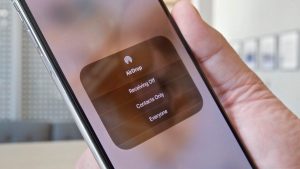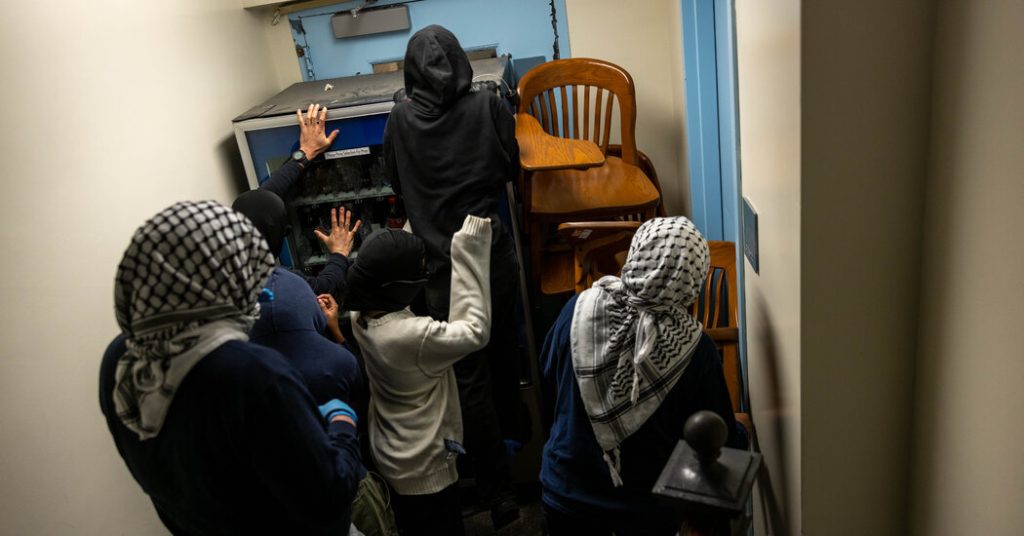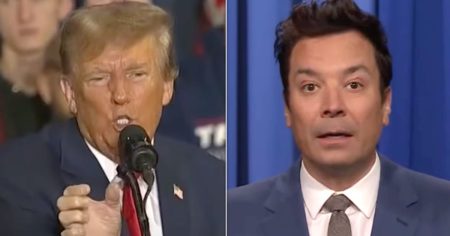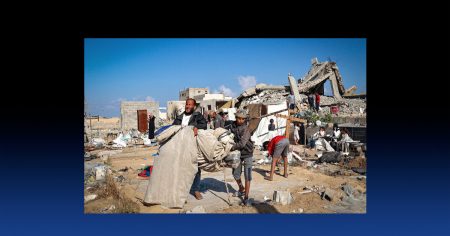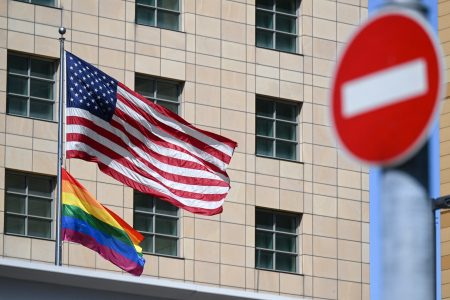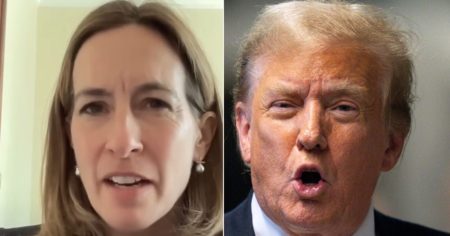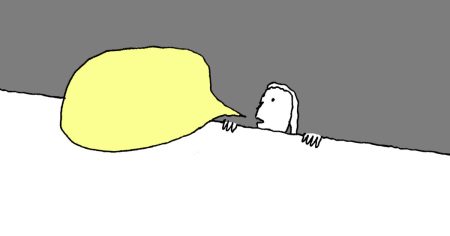The protesters occupying Hamilton Hall on the campus of Columbia University were well-prepared for a long stay, with supplies such as a microwave, an electric teakettle, and sleeping bags. Their occupation of the building, part of a larger protest for Palestinian rights, led to over 100 arrests and a debate over the involvement of outside agitators in the demonstration. While Mayor Eric Adams and police officials claimed that a significant portion of those arrested were not affiliated with the school, data from an initial analysis showed that the percentages were actually lower than stated.
The occupation of Hamilton Hall involved a group of protesters, some of whom were not affiliated with the university, who entered the building after it closed, barricaded themselves inside, and began an organized effort to resist police attempts to remove them. The police response, which included the use of distraction devices to disorient the protesters, led to clashes and arrests. City officials praised the police for their handling of the situation, while protesters accused officers of being aggressive and using excessive force during the arrests.
Following the arrests, details emerged about the operation to clear the building, revealing a 17-hour student occupation that was both destructive and organized in some respects. Most of those arrested were in their late 20s, white, and female, with many facing charges of burglary for unlawfully entering a building with intent to commit a crime. The occupation and subsequent arrests led to changes in the school’s academic activities, with final exams and other activities being moved online for the rest of the semester.
The protests at Columbia and City College also involved individuals who were not affiliated with the schools, raising questions about the involvement of outside agitators in the demonstrations. While some of those arrested had ties to the university, others appeared to have no connection to the schools. The involvement of non-affiliated individuals in the protests added a layer of complexity to the events and raised concerns about the broader implications of the demonstrations for both the schools and the community.
The protests and occupation at Columbia University highlighted the deep divide over the Israeli-Palestinian conflict within academic communities and the broader society. The demands for divestment from companies supporting Israel and the subsequent response from university and city officials underscored the challenges of addressing complex political issues within the academic setting. The aftermath of the protests also revealed tensions between protesters, law enforcement, and university officials, as all parties sought to navigate the aftermath of the events.
As the community grappled with the aftermath of the occupation and arrests, calls for healing and unity emerged from school officials and students. The impact of the events on the campus community and the broader debate around Palestinian rights continues to be felt, highlighting the need for constructive dialogue and engagement on challenging issues. The protests at Columbia University served as a flashpoint in a larger national conversation about activism, law enforcement response, and the role of universities in addressing political and social issues.
